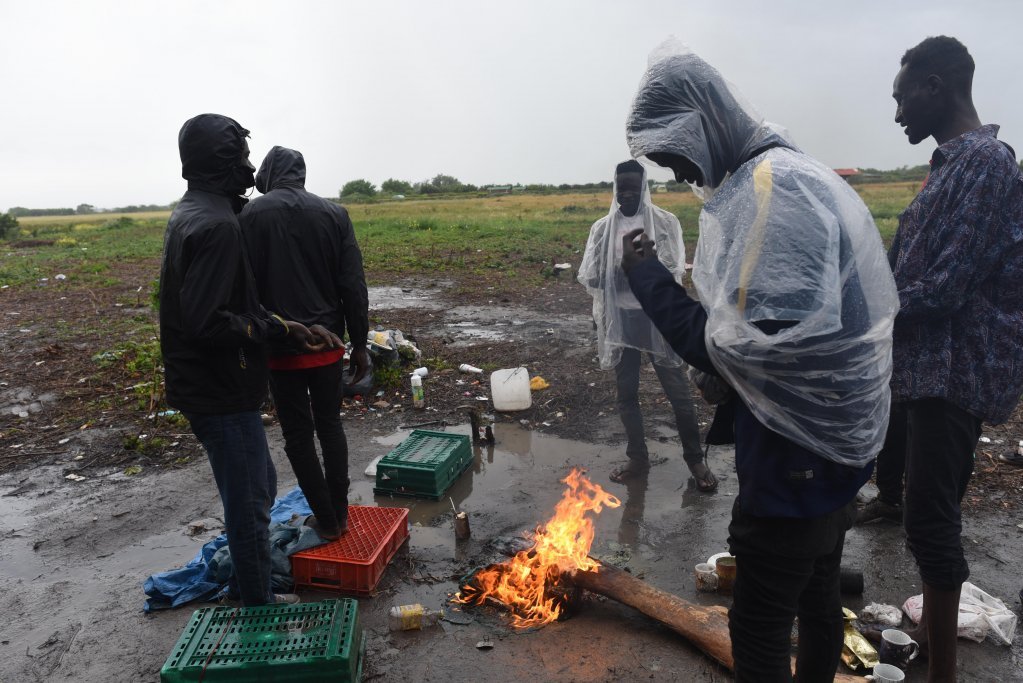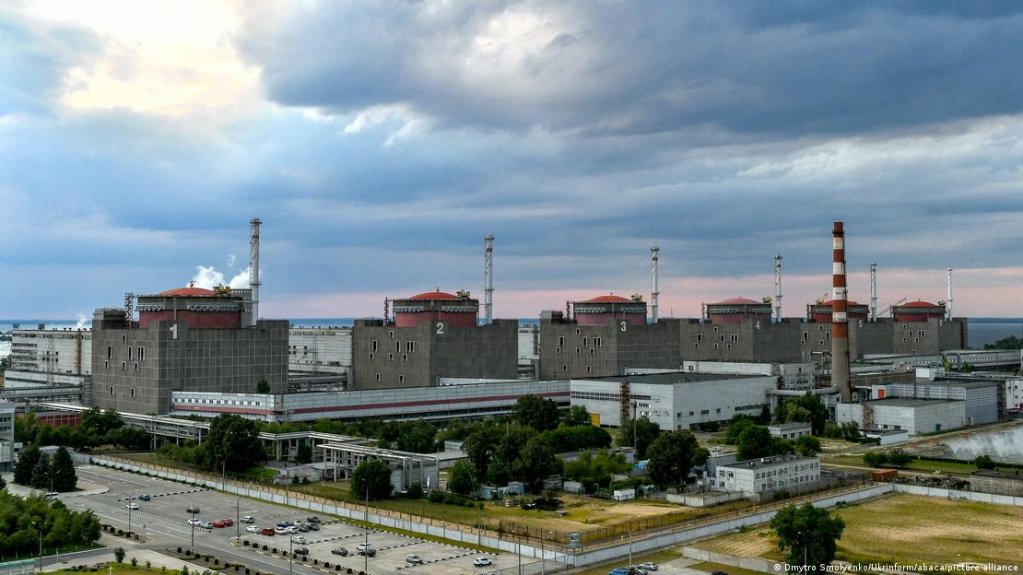The UN is warning that as winter approaches in the Northern Hemisphere, things could get even more difficult for migrants, asylum seekers and refugees, particularly in the light of cuts to development aid. Weather conditions are one of the foremost safety considerations along nearly every step of migration journeys. While frosty winters literally pose risks to life and limb, the issue of climate change is also having an increasing impact on migrants and displaced people.
With the Northern Hemisphere preparing for the onset of winter within weeks, the UN has issued a warning that millions of refugees, migrants and displaced populations might face debilitatingly cold months to come.
While various UN bodies, including the IOM and UNHCR typically share cautionary press releases about the upcoming chill this time of the year, the winter months of 2025 and 2026 might pose a greater set of challenges:
With less humanitarian aid available, means to mitigate the cold will likely also be affected.
Read AlsoFrom amputated digits to death: The effects of cold on migrants crossing Europe's borders
UNHCR budget tens of millions short for winter help
UNHCR alone has had its funding from various governments cut, and is now depending on public donations to help raise at least 35 million dollars (around 3o million euros) to help displaced people in Syria, Afghanistan and Ukraine as winter approaches.
In particular, cuts and aid freezes by the United States issued under President Donald Trump have severely affected the operations of UN bodies in crisis regions with high rates of displaced people.
While the US has traditionally served as the UN's top donor, other nations — such as Germany — have also had to limit their aid budgets, shifting their attention much more to defense budgets in many instances.
UNCHR said in a statement that therefore it was crucial for private donors to step in to save lives.

UNHCR 'running out of time and resources'
UNHCR external relations chief Dominique Hyde said in a press statement that due to the sharp reduction in aid the United States, Germany and other countries, its support for refugees this winter will have to be "much less this year."
Across the globe, "(f)amilies will have to endure freezing temperatures without things many of us take for granted: a proper roof, insulation, heating, blankets, warm clothes or medicine," she explained.
"Our teams are on the ground, determined to protect refugees from the cold — but we are running out of time and resources."
Read AlsoRights groups warn of falling temperatures after migrant death
Syria: icy homecoming to rubble
Even in areas where conflict and persecution have abated, returning refugees will continue to face many of the same issues they have been battling with in the past.
As an example, UNHCR cited the many returning Syrians, who have found their houses destroyed after the 14-year civil war in their country.
Over a million Syrian refugees have returned since the fall of former president Bashar al-Assad's regime at the end of last year; UNHCR said that about three quarters of them "face the cold with nothing to shield them."
Read AlsoSyria's returnees live in tents atop ruins
More action needed in Afghanistan and Ukraine
Other conflict zones are also affected by the lack of funds to equip displaced people for the winter months, in particular the more than two million Afghans who have been deported from Pakistan and Iran in the course of this year.
UNHCR said that many of those forcibly sent back to Afghanistan had never actually set foot in the country, as they had been born to Afghan parents abroad; these people might be particularly ill-equipped to deal with the gruelling winter across Afghanistan — a country which is characterized by its mountainous terrain and high altitude urban centers.
Two earthquakes which hit the region in recent months have also left countless families in an even more vulnerable position.

Read Also'Brutal barriers'? A closer look at the EU's eastern border
Meanwhile in Ukraine, temperatures could drop to minus 20 degrees centigrade, as the country prepares to enter its fourth year of war with Russia.
Ongoing Russian attacks on infrastructure in Ukraine further exacerbate the situation, with UNHCR highlighting that gas, electricity and water disruptions are becoming more frequent.
Read AlsoUN: $4.2 billion needed to help Ukrainian civilians
Climate action needed for migrants in Europe
Meanwhile, thousands of migrants continue to sleep rough in some of Europe's coldest cities, as accommodation can be scarce in certain areas.
In frontline states along the Balkan route such as Croatia and Bosnia Herzegovina, but also in places like the Poland-Belarus border, migrants are known to die from hypothermia each year.
Frostbite and respiratory diseases caused by the cold, such as bronchitis, are also known to pose major health issues for migrants who live on the street.
Temporary and repeated border closures, for example along Finland's border with Russia or also Italy's Alpine border with Slovenia are also a cause for concern for migrants stuck there with nowhere else to go, as temperatures plunge well below freezing.

Read AlsoFrance: Migrants bear the brunt of the deadly heatwave
Global warming: not always a heat wave
There is also the opposite of heat-related weather issues, in particular in this day-and-age of global warming.
However, not all effects of climate change result in the overheating of the planet; in certain areas, climate patterns caused by global warming, or at least exacerbated by its effects, can result in colder-than-usual temperatures, destructive storms and devastating floods, which often affect the poorest people in the world the most.
More often than not, these tragedies and disasters affect displaced peoples the most.
The effects of climate change have already pushed multiple millions of people to flee their homes around the world, UNHCR said ahead of the 30th annual UN Climate Change Conference (COP30) in Brazil.
"Over the past decade, weather-related disasters have caused some 250 million internal displacements — equivalent to over 67,000 displacements per day," the agency said on November 10.
As an example, UNHCR cited floods in South Sudan, record heat in Pakistan, and water shortages in Chad and Ethiopia — all areas with major displaced populations in their midst.
Read AlsoDisplacement and migration explained
Call for greater focus on migrant groups at COP30
UNHCR chief Filippo Grandi said that in order to "prevent further displacement, climate financing needs to reach the communities already living on the edge."
"If we want stability, we must invest where people are most at risk," said Grandi, calling on the participants of the climate conference to "deliver real action, not empty promises," while including displaced populations at the heart of future climate action plans.
with AFP, dpa
